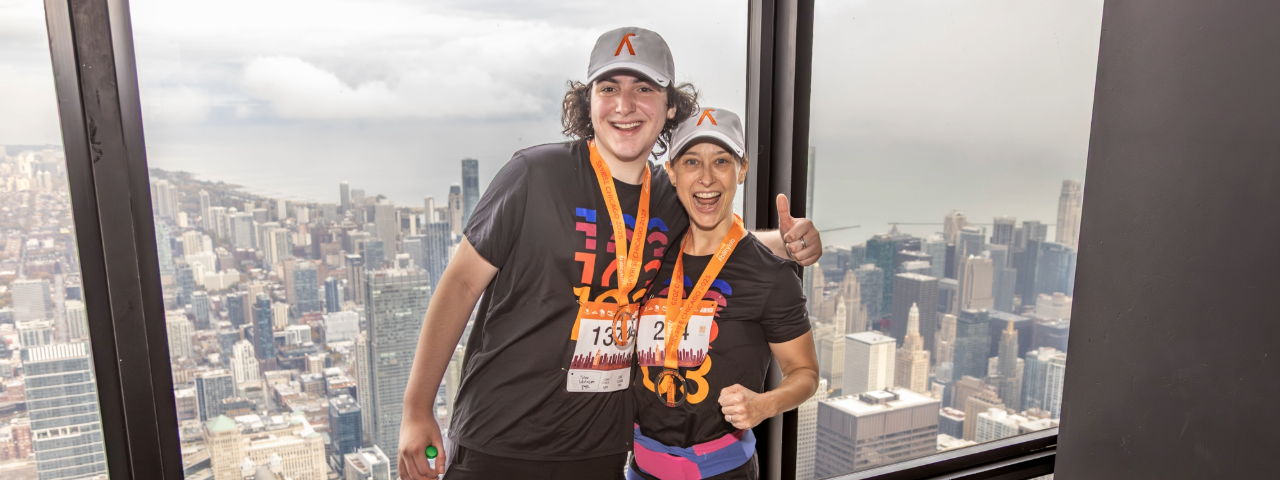Body
Registered nurse Samantha Zoellick, who works in Shirley Ryan AbilityLab’s Spinal Cord Innovation Center, had a question.
She noticed that many patients with paralysis were arriving at Shirley Ryan AbilityLab with their own positioning devices — everything from standard pillows to specialized foam wedges — to help them get comfortable. Yet, despite frequent turning by nurses and the use of these devices intended to relieve pressure, some patients were experiencing discomfort nonetheless.
Nurses, therapists, doctors, researchers — we’re all encouraged to submit these kinds of ideas.
Katie Earnest, RN
Body
“We’re turning patients regularly and closely following clinical protocol, but some still are getting sores,” Samantha said. “We wanted to find the root cause and to address it.”
Samantha wondered if the answer could be found in which devices were being used. Did some work better at helping position patients and relieving pressure on their bodies? Samantha asked her supervisor, Katie Earnest, RN, nurse manager of the Spinal Cord Innovation Center, if she knew of any evidence supporting certain positioning products over others.
“It turns out there really isn’t a lot of research on this topic,” Katie said. “So we decided to spearhead some of our own.”
Our Commitment to Translational Research
Body
At Shirley Ryan AbilityLab, research ideas can come from anyone.
“Nurses, therapists, doctors, researchers — we’re all encouraged to submit these kinds of ideas,” Katie said.
After some discussion in their nursing group, Katie and Samantha brought the idea of studying positioning device effectiveness to the clinical nurse educator. She developed a proposal and sent it to the grant research team, which accepted the study and approved funding.
“I was ecstatic to have an opportunity to explore this further,” Samantha said.
The research itself will hinge on a technology called pressure mapping.
Body
“It is essentially an overlay that will be placed on top of patient beds,” Katie said. “We can put individuals — study subjects, patients — on top of that overlay. It will show us where the pressure is, and how much pressure exists, on different pressure points on their bodies. Using this, we can determine how effective we are at repositioning and how effective a certain repositioning device is at relieving pressure.”
The study will collect data for several variables, including different positioning devices, and individuals both with and without paralysis.
“Shirley Ryan AbilityLab is very supportive of research ideas coming from anywhere,” Katie said. “Nurses are the ones on the frontlines repositioning patients every two hours, 24 hours a day, so it’s only natural that we lead this exploration.”
“I’m eager to put our findings into practice and am hopeful this research will really make a difference for a lot of people,” Samantha said.
